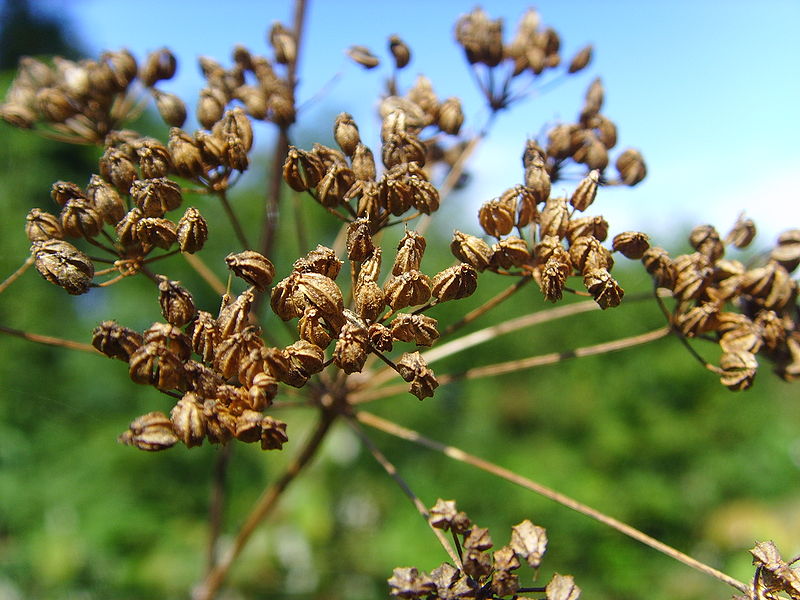Adaptation
Pioneer Species
C. maculatum has been known to be a pioneer species. This plant grows in rapid
succession after sites have been disturbed and nothing else is currently growing,
making this species one of the earliest plants to propagate in an area.
Moving to New Lands
Conium maculatum has adapted quite well throughout its evolutionary history, in
order to thrive in its environment. This plant species originated from the continent
of Europe but has adapted to America and Asia as well.
Reproduction
The reproduction of this plant occurs at a very fast rate. Some C. maculatum plants
grow during the winter and die off during the summer. The advantage of this
blooming season is the decrease in the amount of competitors for similar resources.
While many plants grow and thrive during the summer, they must also compete
against one another for resources.
Flowering Plant
As an angiosperm, C. maculatum has shorter male gametophytes in comparison
to gymnosperm seed plants. This shortened length results in a faster pollination rate
now that there is less space for the pollen to cover before it encounters the female
part of the plant. This gives the plant the advantage of producing seeds at a faster
rate.
Vascular Tissues
Plants have evolved to become larger in size and with an increase in size, comes
the development of their own kind of circulatory system. Vascular plants such as
C. maculatum have developed a unique circulatory system that help the plant to
survive. The xylem and phloem are two components of this circulatory system that
work together in a more efficient manner to transport water, sugars and other
materials through the plant.
Seed/Endosperm
The endosperm is a part of the plant that helps to supply the embryo with
necessary nutrition for development. With the acquisition of an endosperm and a
protective covering from a seed coat, this allows the embryo within a seed to
reproduce away from water.

